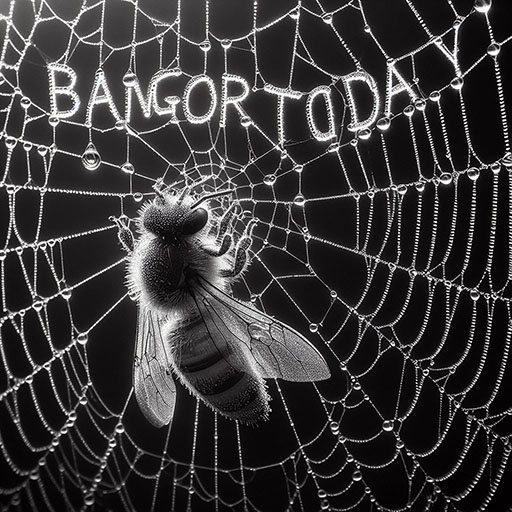Human Smuggling In Maine Is Happening
In Hodgdon, Maine, organized human smuggling is going up along the state’s border with Canada. U.S. Customs and Border Protection notes that smugglers are finding ways through the often forested and remote 611-mile-long boundary.
Between October and mid-November, the Houlton sector of U.S. Customs and Border Protection had 53 encounters resulting in 27 people facing federal prosecution. This is a 178% increase from the same period last year, according to the data.
The surge is happening while there is already a high number of people crossing the southern U.S. border with Mexico. Nearly 2.5 million encounters were reported in fiscal year 2023, which ended in October.
Dennis Harmon, an official with U.S. Customs and Border Protection, mentions that while the encounters include people from 15 countries, most come from Mexico and Romania. Harmon, who has been a border patrol agent for over 30 years, notes that he has never seen a spike like this before.
Human smuggling is different from human trafficking. Smuggling involves providing services like transportation or fake documents to people wanting to enter a country illegally. On the other hand, trafficking exploits people by forcing them into slave labor or the sex trade.
According to Harmon, human smuggling operations vary, but their goal is the same: to make money off people trying to enter the U.S. illegally. The United Nations Office on Drugs and Crime estimates that smuggling people generates about $6.75 billion a year.
Some foreign nationals pay thousands of dollars to smugglers to help them cross the border. Smuggling operations often involve organizers who arrange and hire individuals, paying them to help the foreign nationals get across the border or to their final destination.
Recently, border patrol agents arrested 20 Romanian nationals in Hodgdon for illegally crossing the U.S.-Canada border. When foreign nationals are apprehended, agents identify their nationality and legal status in the United States. Processing includes fingerprinting for identification, criminal history, and immigration history.
The Houlton sector is seeing an increase in illegal attempts to cross the border. Despite this, Harmon assures that it’s not leading to more danger in the community. Most people crossing the northern border are seeking economic benefits or reuniting with family.
Canada’s electronic travel authorizations have also made it easier for people to enter Canada, contributing to the increase in illegal entries into the U.S. from that direction.
Harmon mentions that while the Romanians arrested had possible links to organized crime, it doesn’t always mean they have actual connections. Many who cross the northern border put their lives in danger, especially in winter.
Border patrol agents work to deter illegal crossings, using various technologies like cameras. They have a strong working relationship with Royal Canadian Mounted Police and the Canadian Border Services Agency, exchanging intelligence to strengthen the borders of both nations.
Despite being the largest unguarded border globally with no fence, border patrol aims to protect the border for both nations through a committed partnership.
Check out our science articles: https://bangor.today/c/science/



